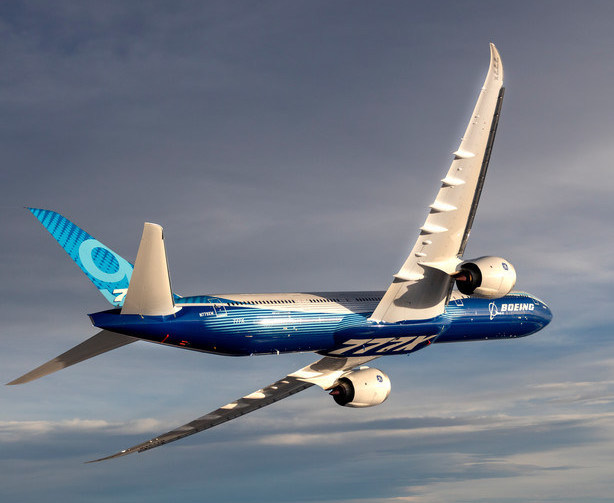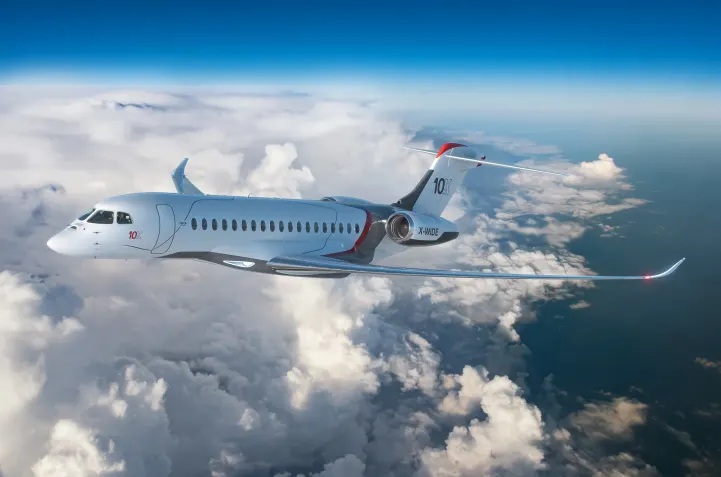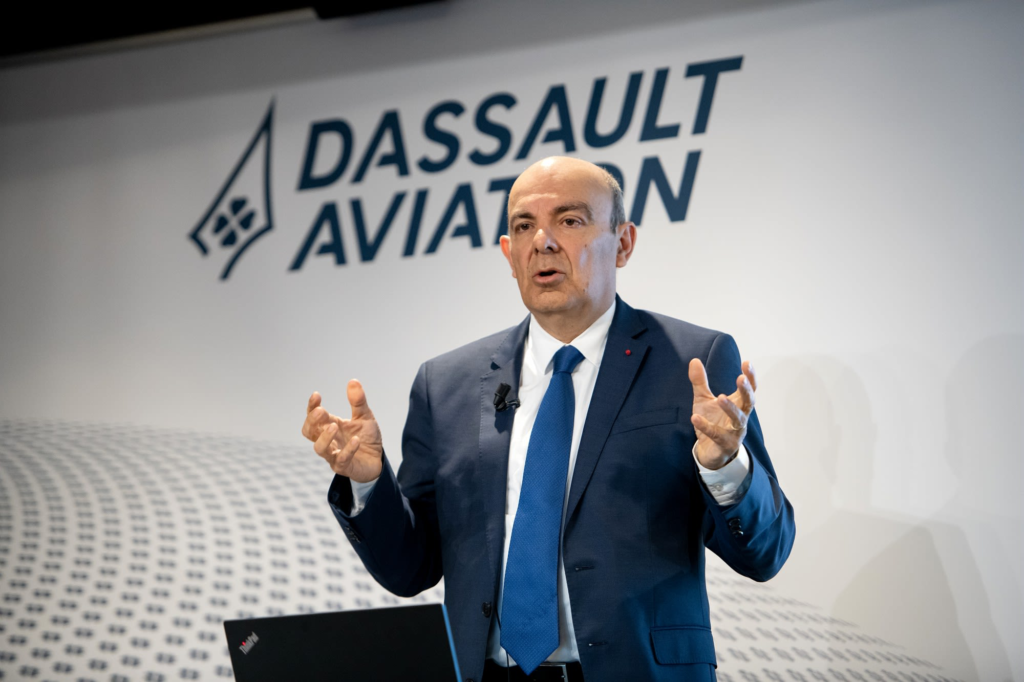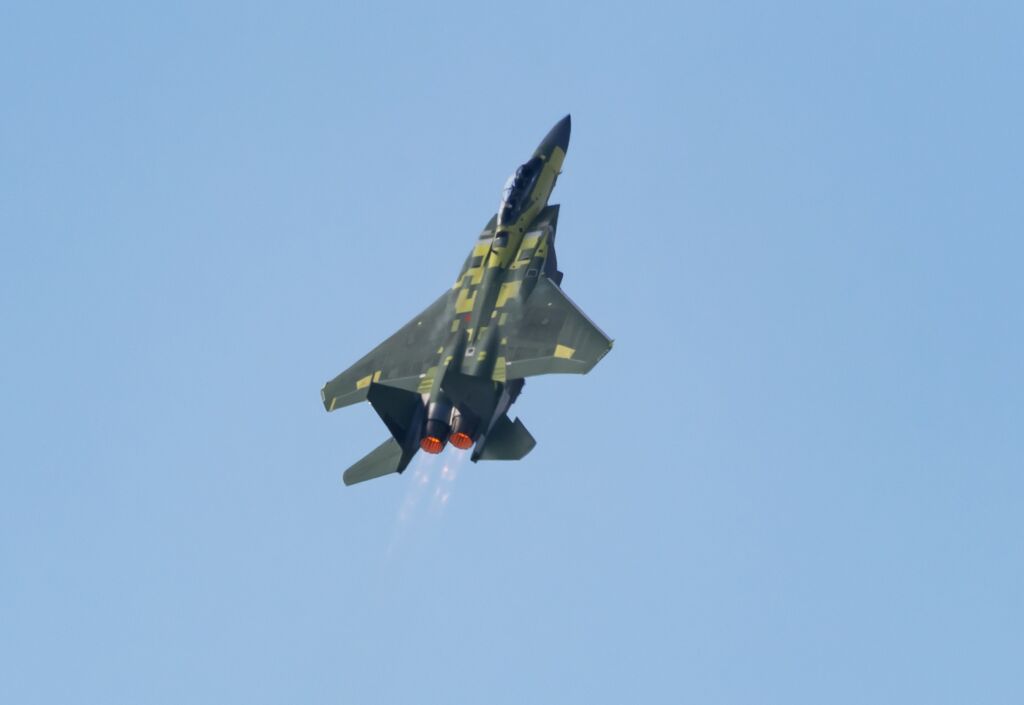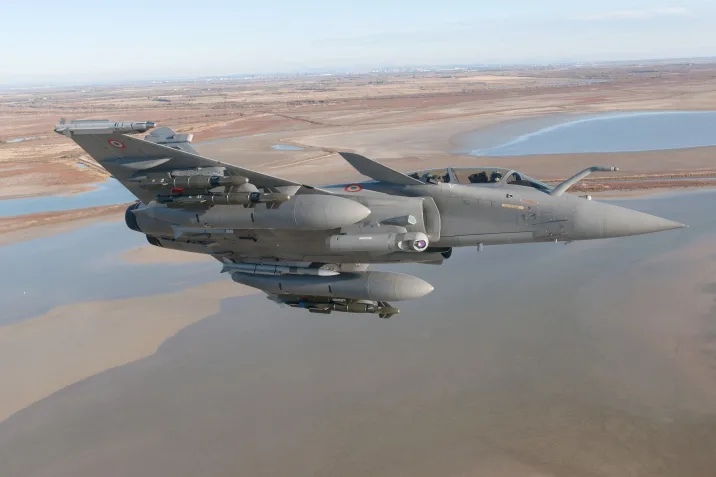BAE Systems wins Multi-million pound contract to equip Royal Air Force Typhoons with latest advanced radar capabilities
The Ministry of Defence (MOD) has awarded BAE Systems (OTC: BAESY) a £870m contract to deliver a new radar to enhance the Royal Air Force’s (RAF) Typhoon fighter jet fleet and strengthen the aircraft’s control…

